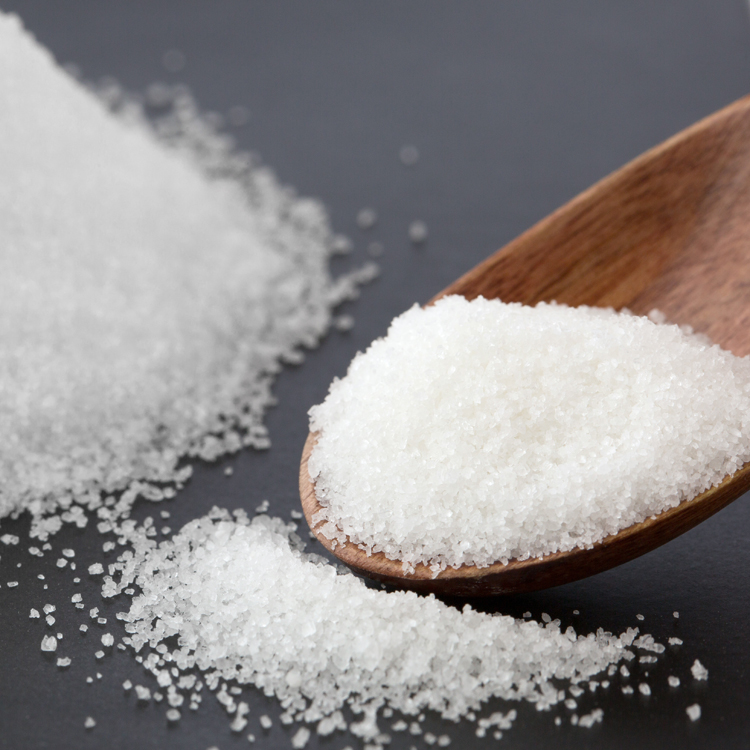How to increase the eggplant outcome rate
First, first understand the biological characteristics of eggplant The root system of eggplant is very developed. The main root system of the eggplant after transplanting is distributed within 30 cm. The long stem and large leaf body of the eggplant leaves are easy to attract the wind and lay down, so the soil is required for cultivation. The optimum growth temperature for eggplant is 20°C to 30°C, 25°C to 28°C during the day, and 17°C to 20°C during the night. Below 17°C, growth will slow down or even fall, and low temperatures will cause freezing damage. However, the heat resistance is strong. Even if the temperature is 35°C to 40°C, it will survive, but the development will be damaged. Eggplant requires strong light, it is best to plant in the open air, if you grow in a greenhouse, pay attention to the light. The eggplant is resistant to fertilizer and can be supplemented with nitrogen, phosphorus, and potassium fertilizers in a timely manner. Second, understand the varieties At present, there are many varieties grown with long eggplant, eggplant, round eggplant and so on. Long eggplant mostly precocious or medium-maturing, thin skin tender and tender, weighing about 0.5 kilograms; Ningbo stripe eggplant, Hangzhou red eggplant, Suzhou oxeye eggplant, Nanjing purple noodle eggplant, Suqi eggplant and so on. Due to the earlier listing, the price is more expensive and better returns can be obtained. Eggs are mostly precocious eggplant, fruit oval to long oval; Nanjing bulbs eggplant, Shanghai milk eggplant and so on. The round eggplant is mostly late-maturing, such as Nanjing purple round eggplant, Xuzhou round eggplant, and Beijing Dayuan eggplant. Third, we must pay attention to cultivation time and density The cultivation time of eggplant must take into account the local season and temperature conditions, and must also consider market conditions. For example, in the lower reaches of the Yangtze River, eggplants are required to be ripe and have large seedlings. The eggplant plants are tall, with large and lush foliage, and the plants are easily closed. Therefore, the density is roughly 50 cm in spacing and 40 cm to 50 cm in plant spacing. This allows 3000 plants to be planted per acre. Fourth, also have to strengthen field management This includes fertilization and pest control. After the eggplant is planted, it is necessary to loosen the soil early, loosen the soil, and apply fertilizer early. Fertilizer is applied once when fruiting is started. After the first layer of fruit is harvested, a heavy fertilizer is applied to provide the desired fruit period. During the rainy season, the amount of water is drained to prevent soil compaction and prevent plant lodging. Because of the low temperature and lack of light during the night in spring, eggplants will fall and drop, and can use 40ppm of water-soluble anti-droplet spray. Diseases and insect pests of eggplant mainly include M. blight, brown leaf disease, bacterial wilt, aphids, and spider mites. Blight disease mainly damages the fruit. It appears as a small spot of watery leaching at the early stage of disease. It gradually expands to a brown or yellow-brown spot. The soft rot of the fruit is not edible. The brown stalk disease is harmful to the stems and leaves, and the lesions are gray in the later stage and are easily brittle. Perforation, rot. The prevention and control measures for this disease are: disinfecting seed and bed soil, implementing crop rotation, timely draining trenches, removing weeds, and spraying 0.5% Bordeaux mixture, 65% zein zinc wettable powder or chlorothalonil when disease occurs. Clear wettable powder, once every 7 to 10 days, a total of 2 or 3 times. Aphids and spider mites can be sprayed with 40% dimethoate emulsion or 50% malathion EC, 50% dioxane, 20% dicofol and other drugs. Be careful not to use banned pesticides to avoid harming human health.
Natural Field strives to develop low toxicity and environmentally friendly agricultural raw materials. They are popular in Europe and North America. We are proud of us: 5-ala, Physcion, Genistein and Triacontanol. Etc.
Pesticides Growth Regulator,Agriculture Raw Material,Agricultural Raw Materials,Agricultural Raw Ingredients Xi'an Natural Field Bio-Technique Co., Ltd. , https://www.natural-field.com
Main products:
1. 5-ala: 5-ALA (CAS: 5451-09-2) is suitable for a wide range of scientific fields, such as increasing harvest yield or increasing plant green. Supplementary studies from animal cultures of microorganisms or cells related to reactive oxygen species produced from the accumulation of excess porphyrins are used for photodynamic diagnosis of cancer research.
2. Garlic Extract Allicin: allicin has a strong odor and spicy taste, and has immune and anti-fatigue functions. As a restorative herb, garlic can play an important role in balancing stressful life and tired body. In the veterinary field, it can treat respiratory infections and digestive diseases in poultry and livestock.
3. Sophora flavescens Extract: Matrine is an alkaloid extracted from the roots, stems and fruits of the leguminous plant Sophora flavescens by an organic solvent such as ethanol, and belongs to the class of quinolocilidine derivatives lupin alkaloids. Matrine has various pharmacological effects such as antibacterial, antiasthmatic, and white blood cells.
